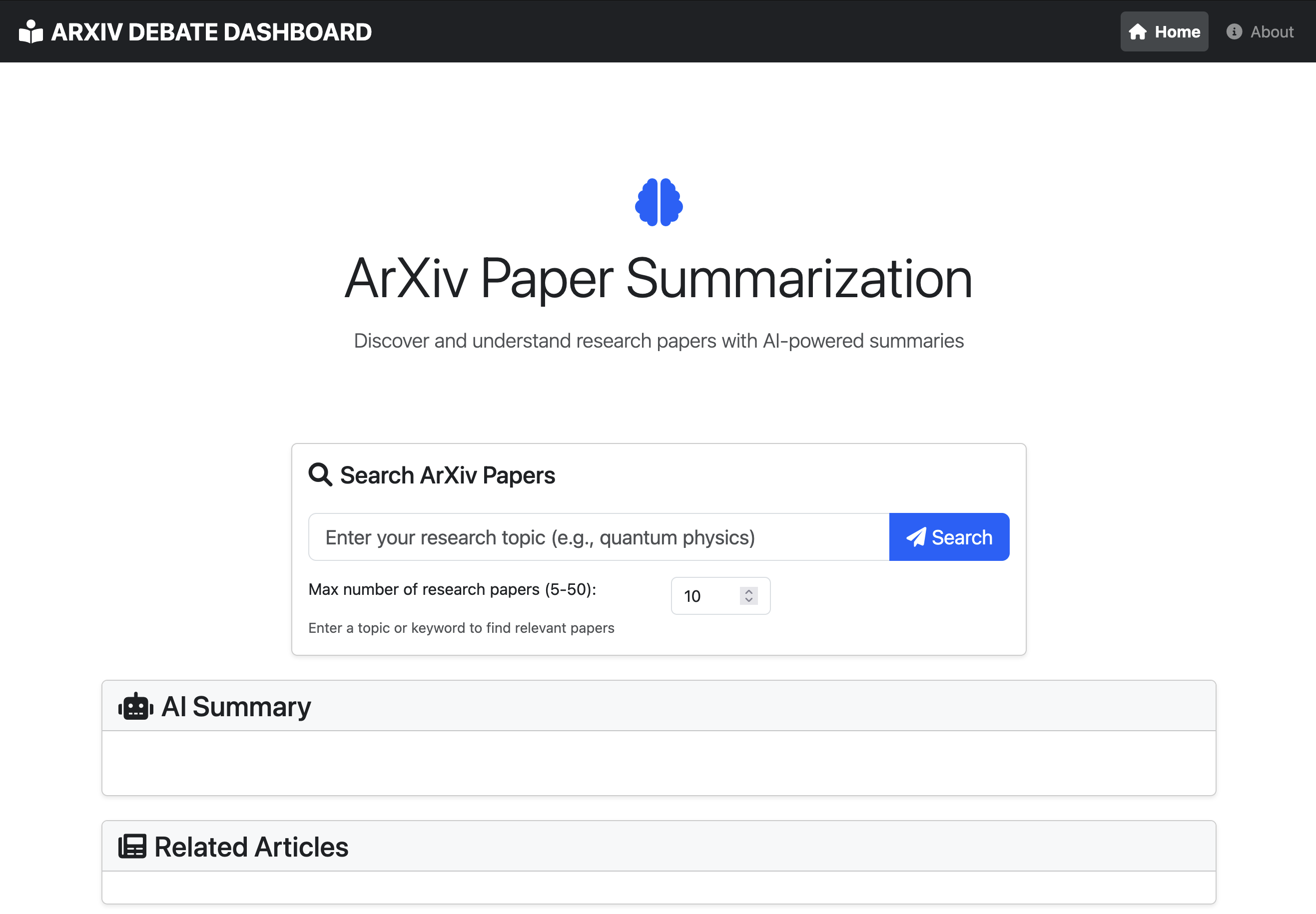As you may know, Arxiv is an open-source repository of electronic preprints and post-prints approved for posting after moderation, though not peer review. It resembles GitHub but is tailored for publications. You might frequently browse Arxiv for the latest developments in your research area. With dozens of articles submitted daily across various fields—ranging from physics to biology and computer science to economics—it can be overwhelming to sift through everything using traditional methods.
To address this, I developed a platform that summarizes the latest articles in specific areas or related to particular keywords, utilizing AI APIs.
Arxiv offers a well-established API that grants access to all articles, including full-text PDFs. Imagine the wealth of data you have access to and the incredible possibilities when combined with LLM models. I recommend checking out its documentation.
For the user interface, I chose to use Plotly Dash to explore its flexibility in creating a web application. I can confidently say that it’s an amazing framework for building frontends with Python. Being open-source, it also includes some premium features. Compared to Streamlit, Dash is highly customizable and suitable for medium to large-scale web applications. Additionally, it does not require a session refresh each time a query is submitted. To customize the template, I utilized the dash_bootstrap_components library, which is truly outstanding. I highly recommend checking out the Plotly Dash documentation.
Feel free to explore the project repository for more details and opportunities for contribution.
